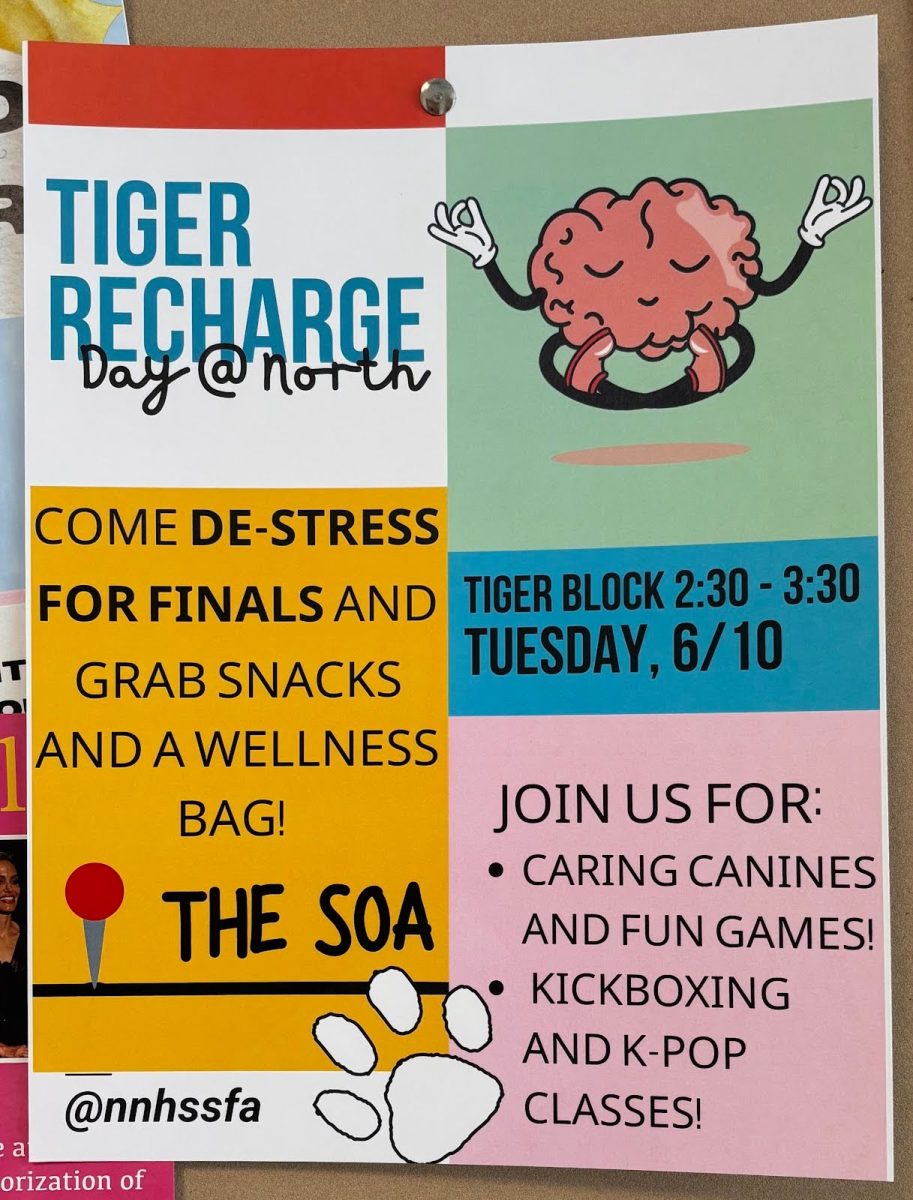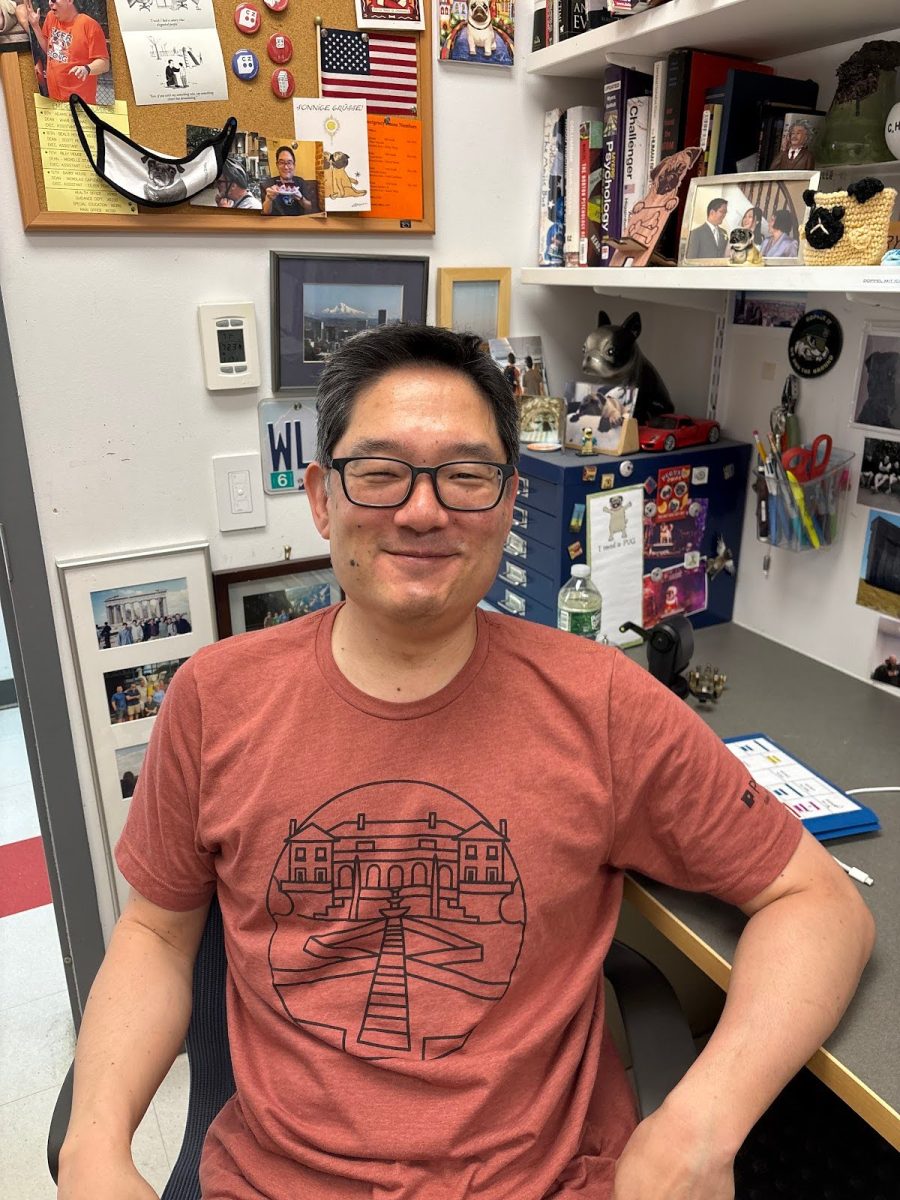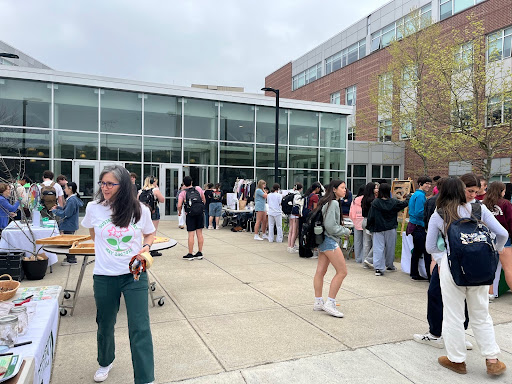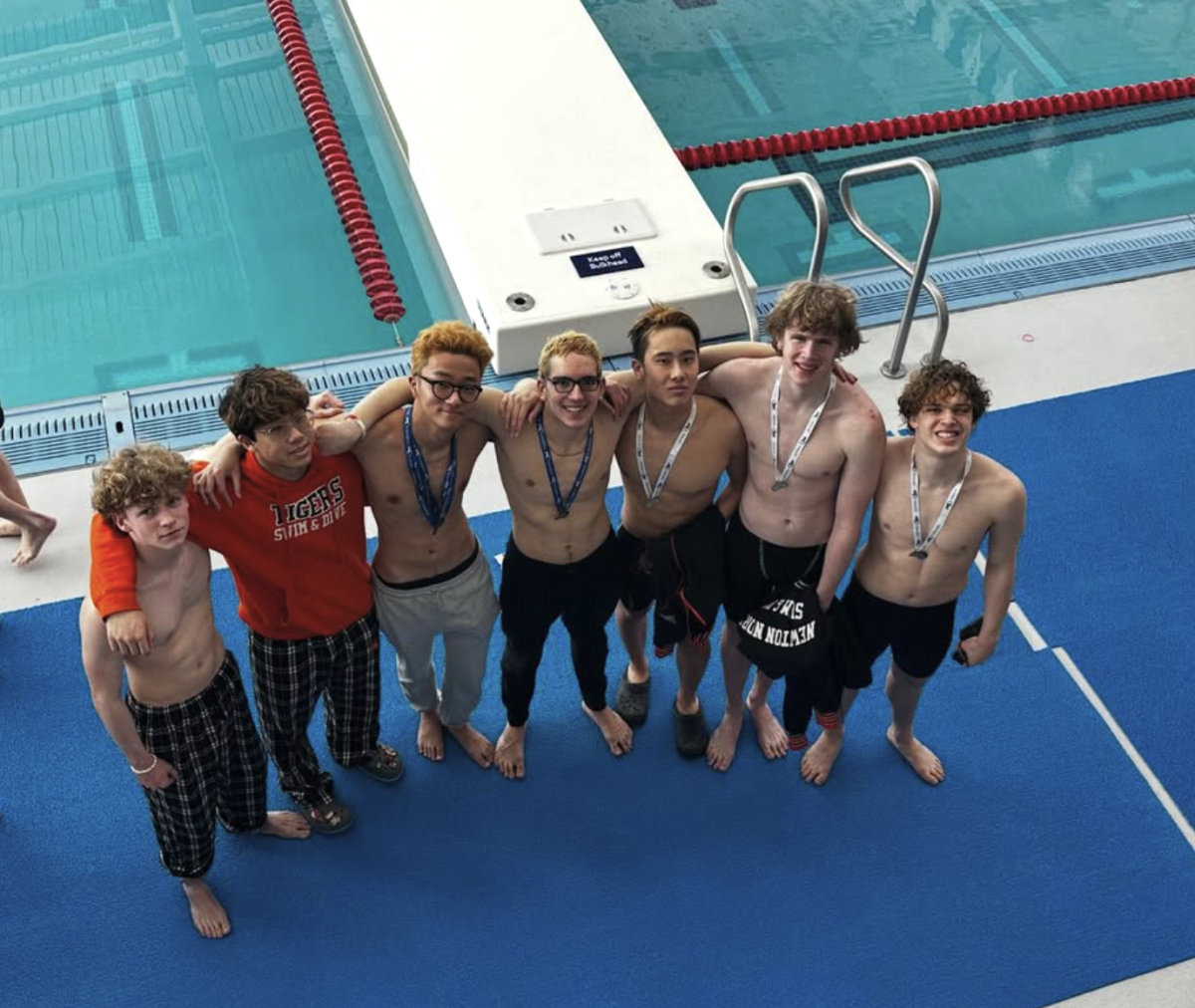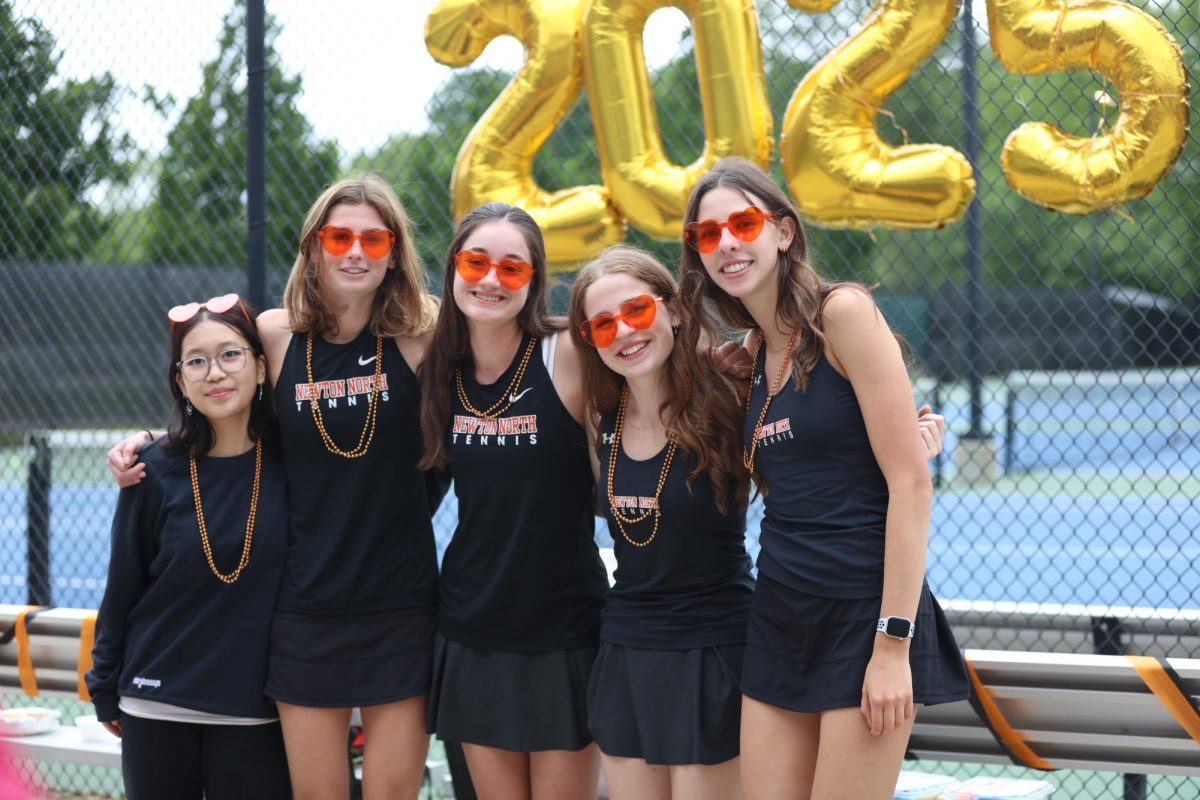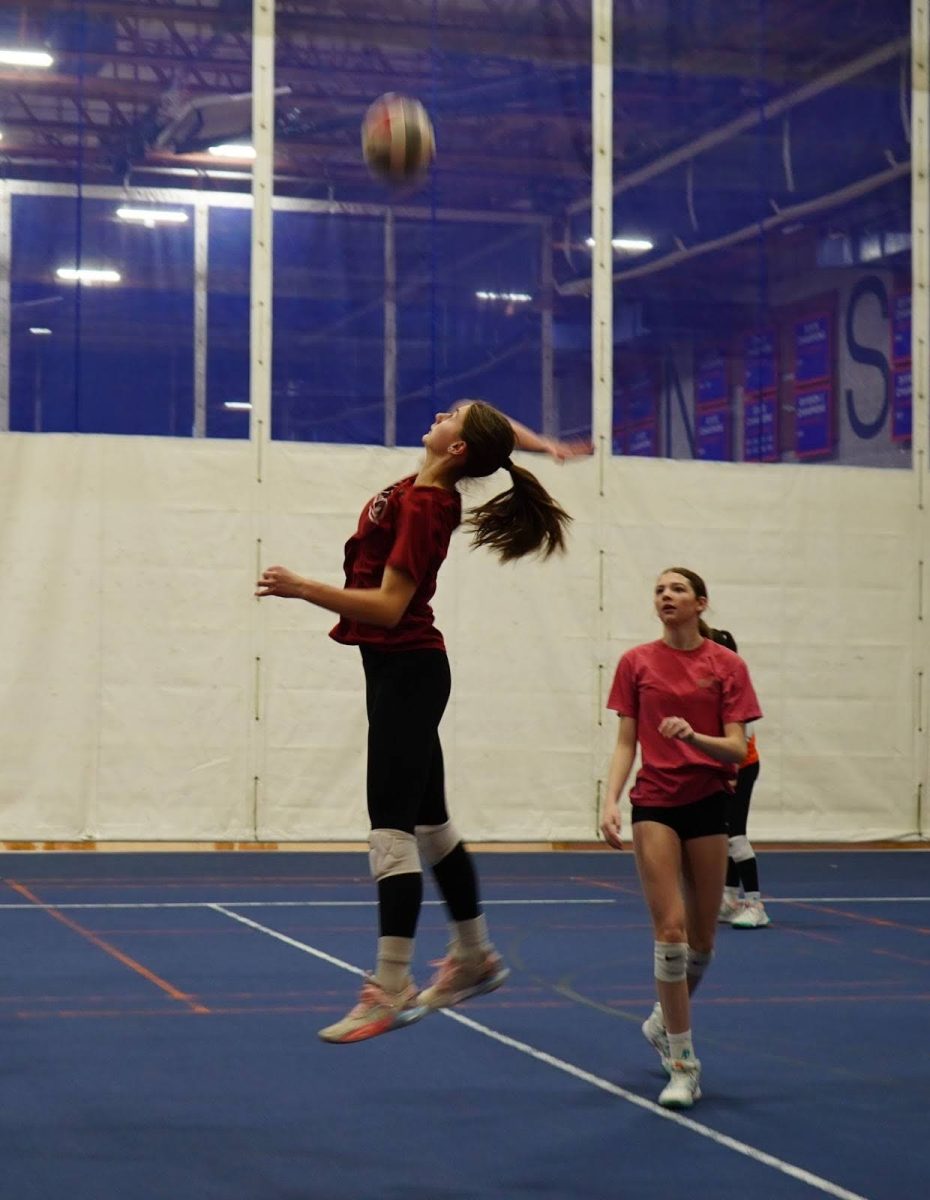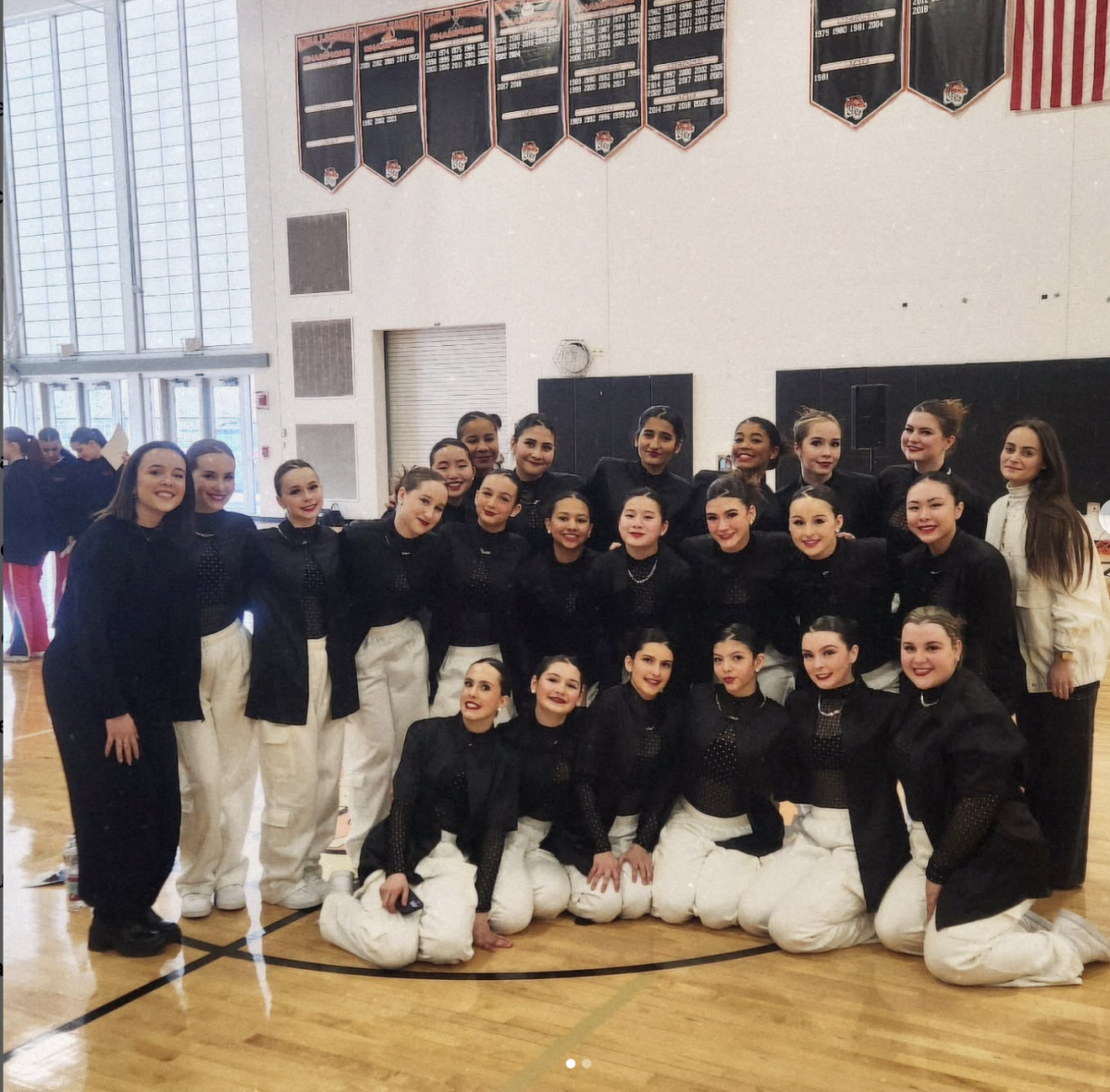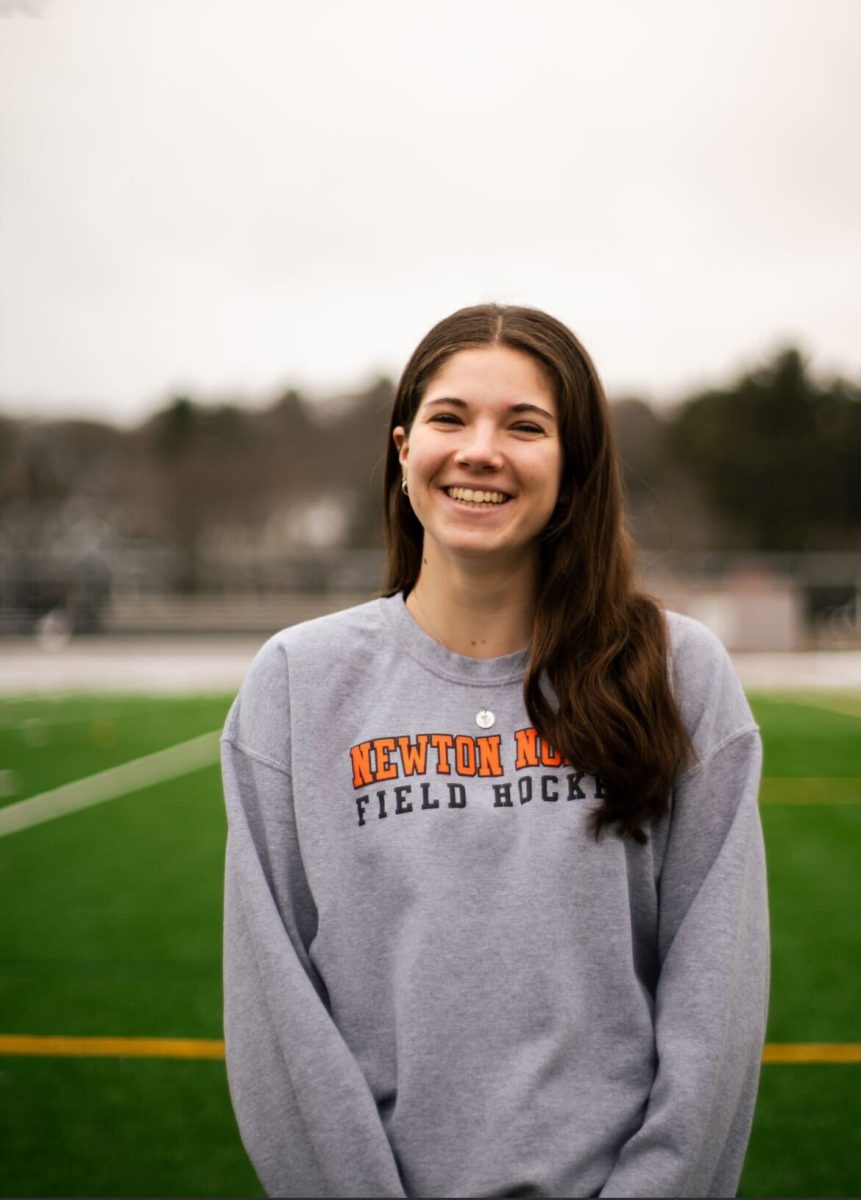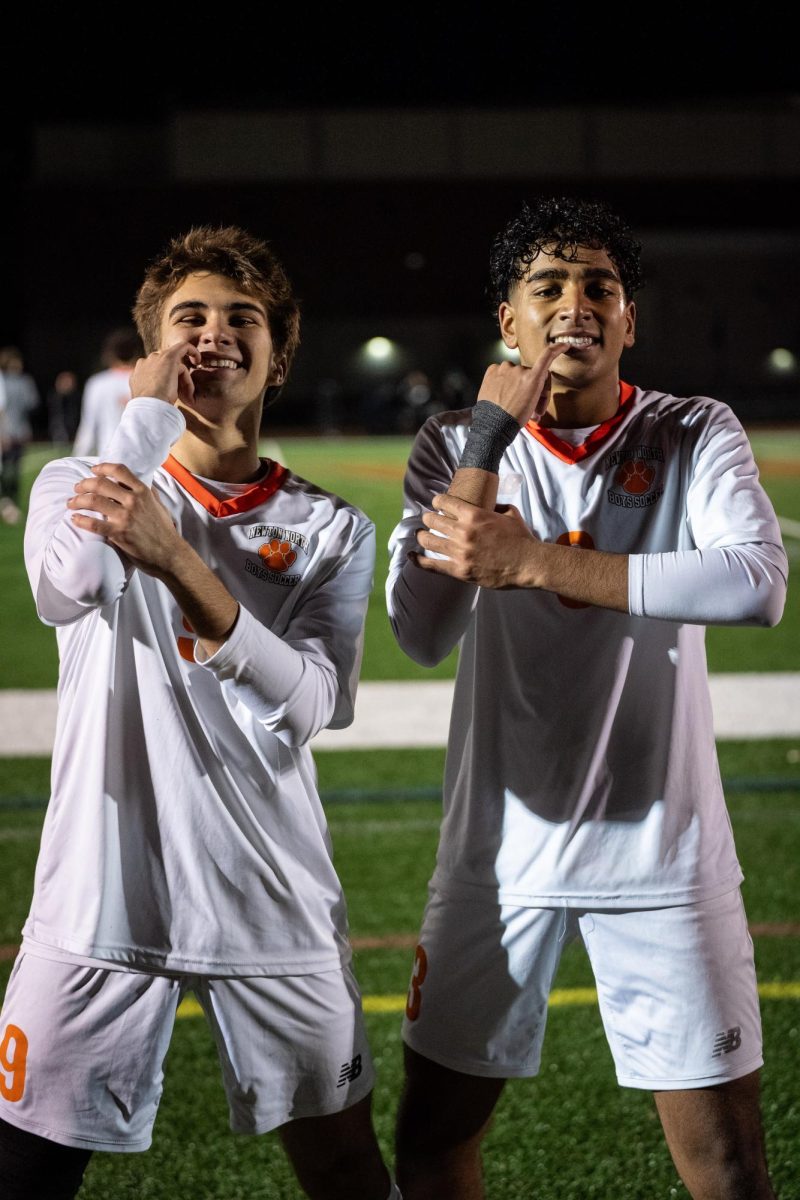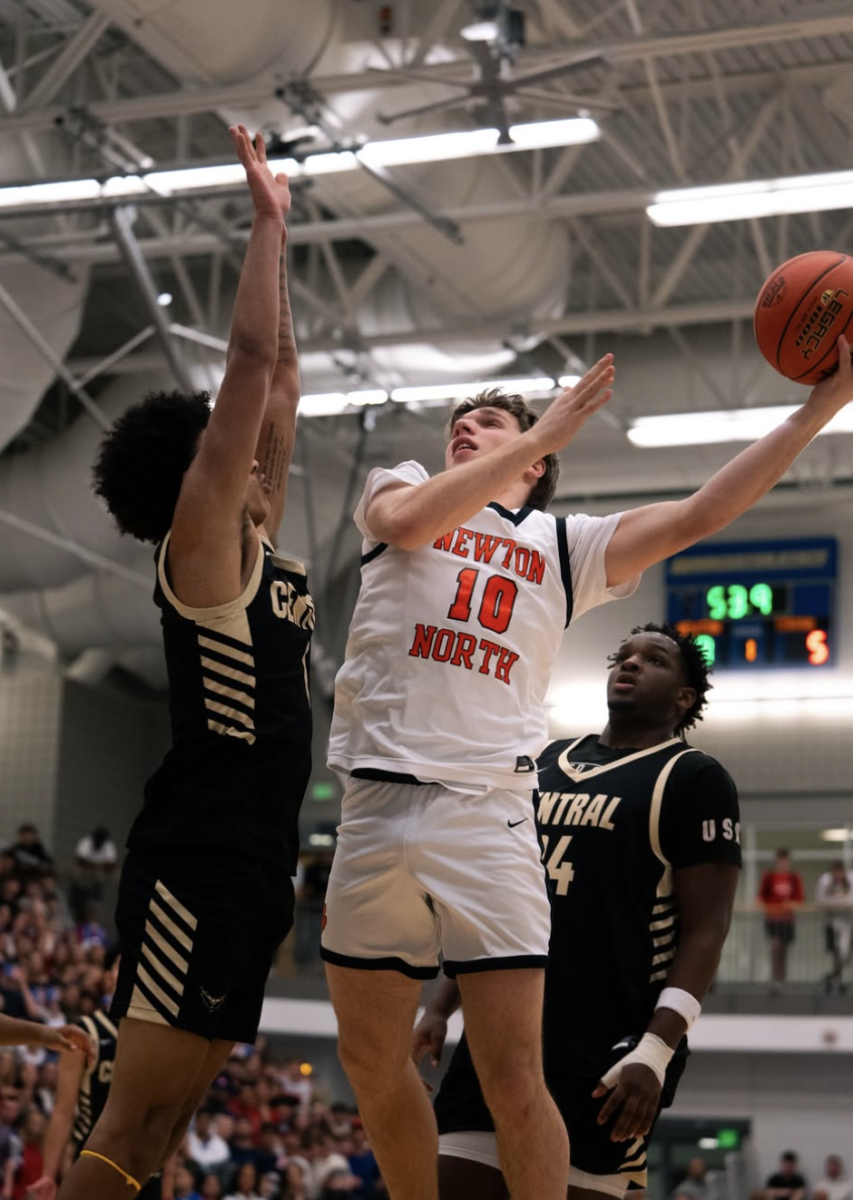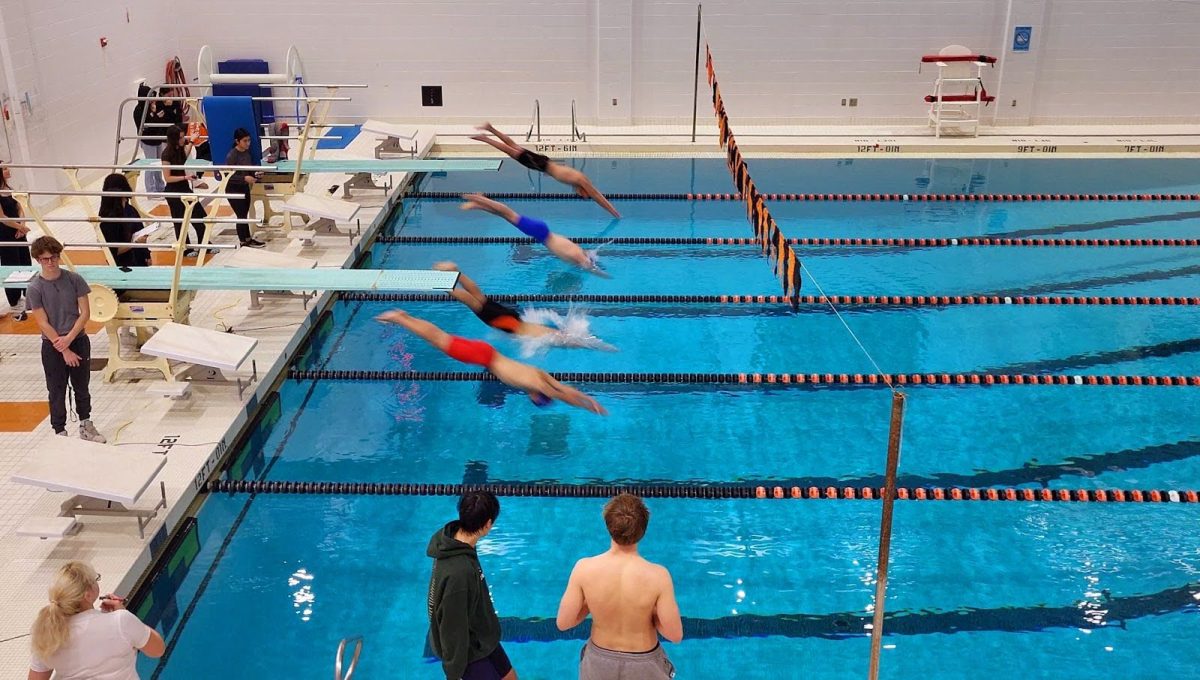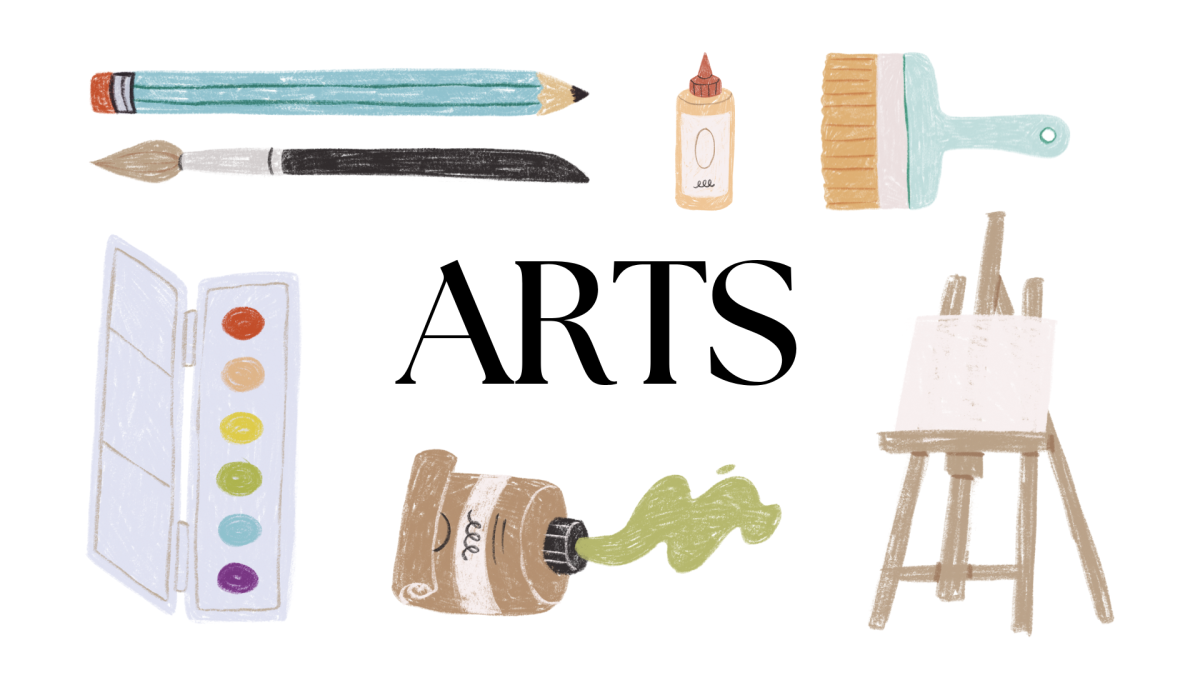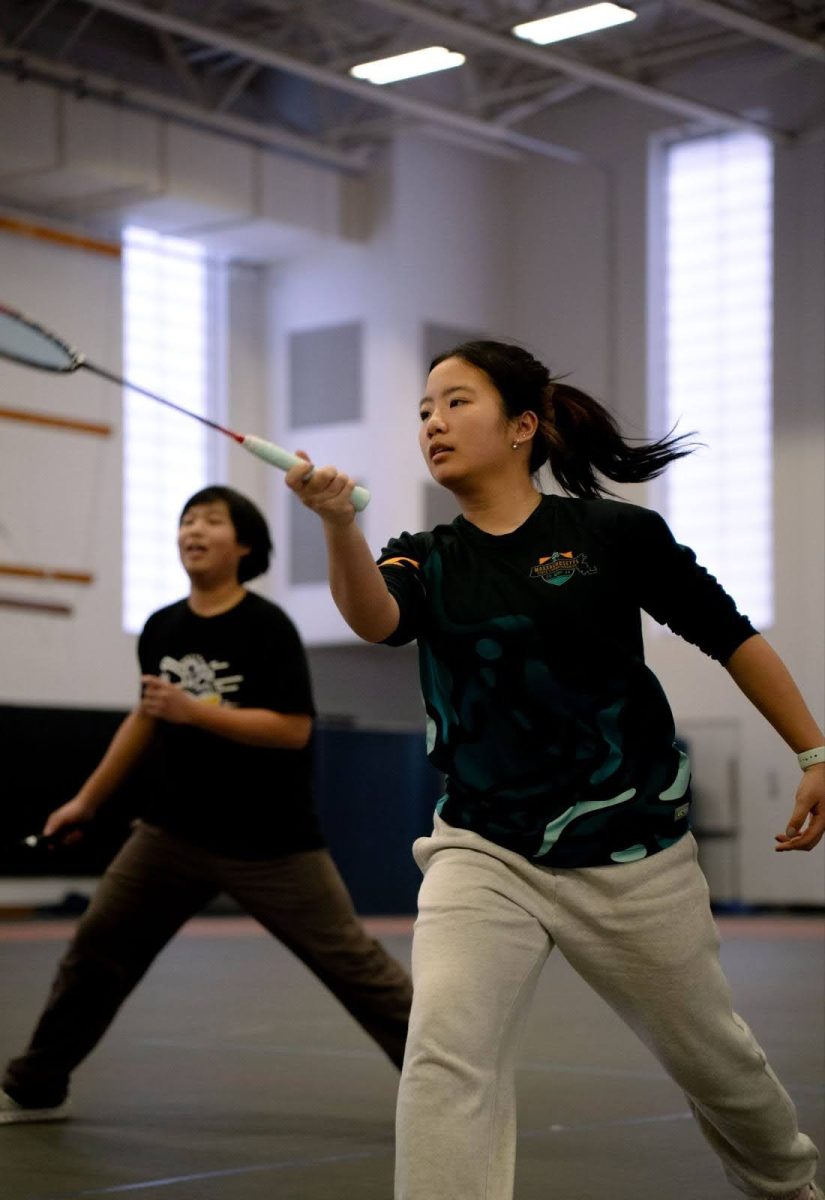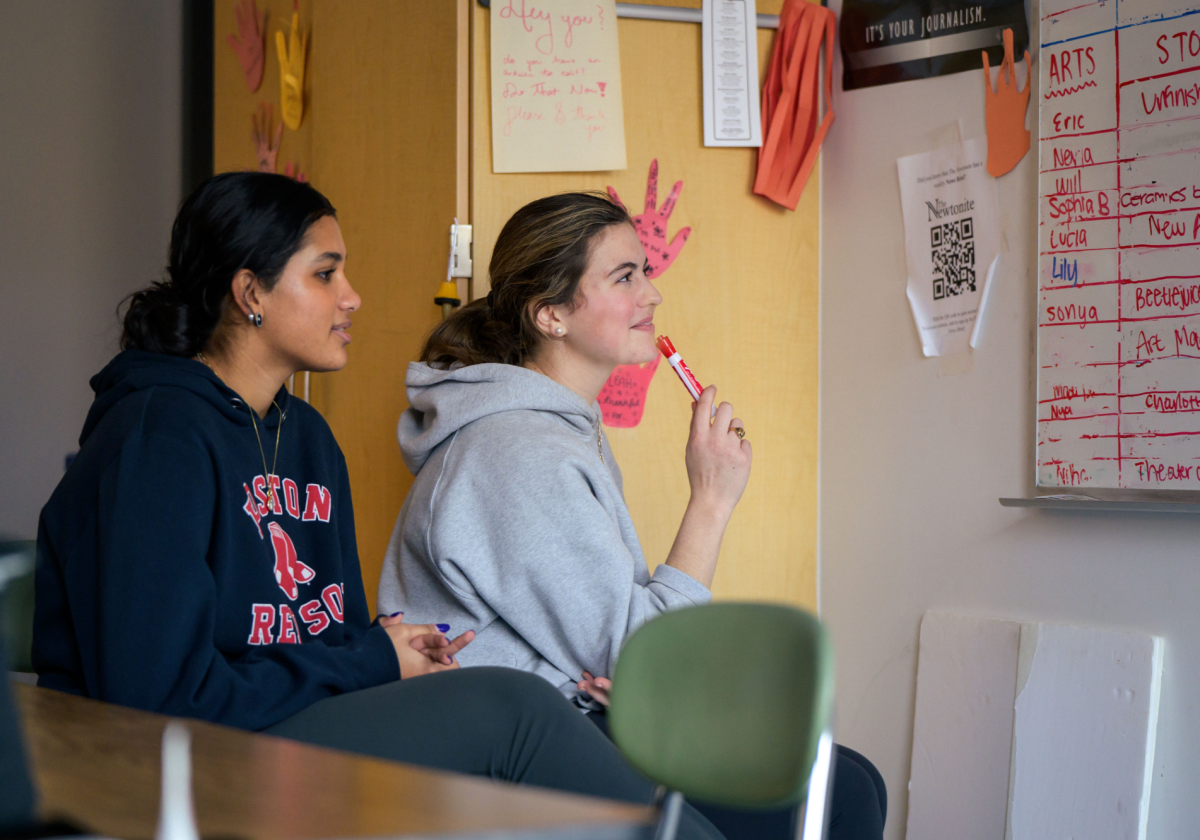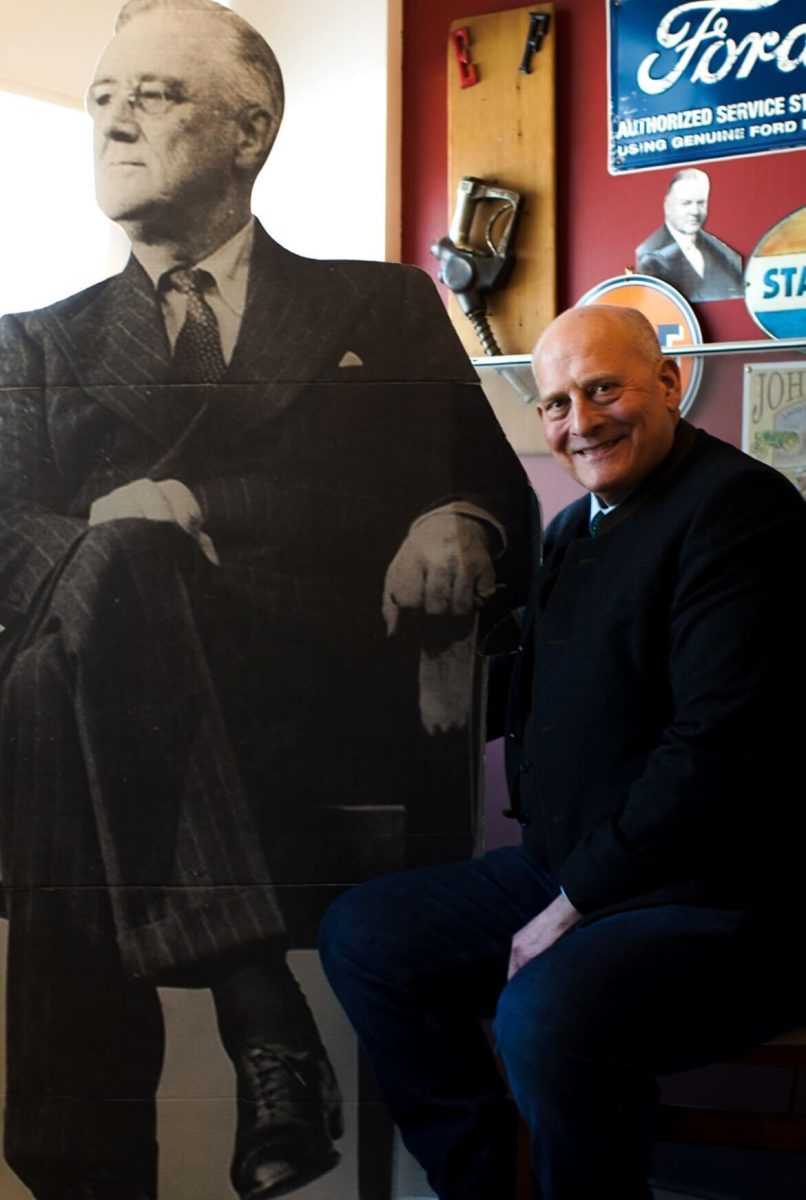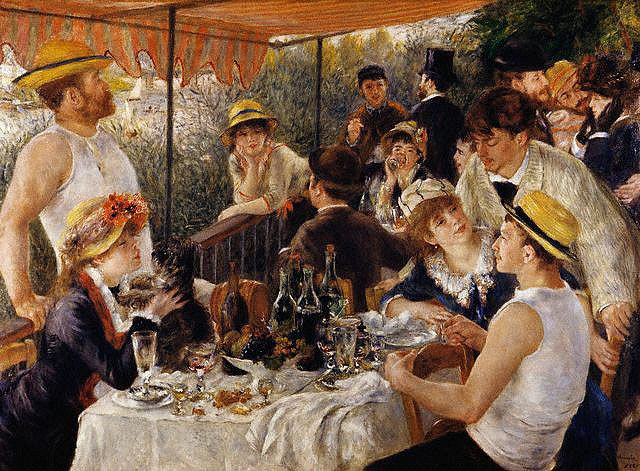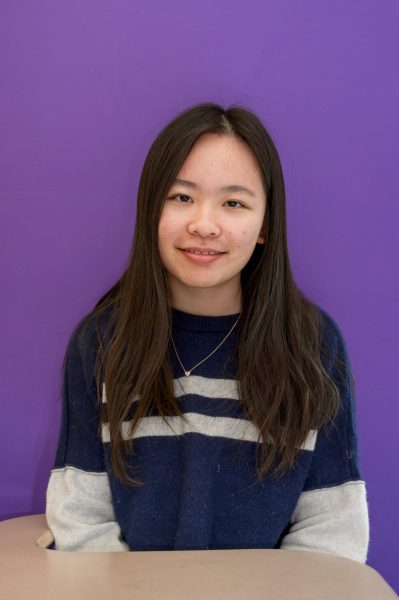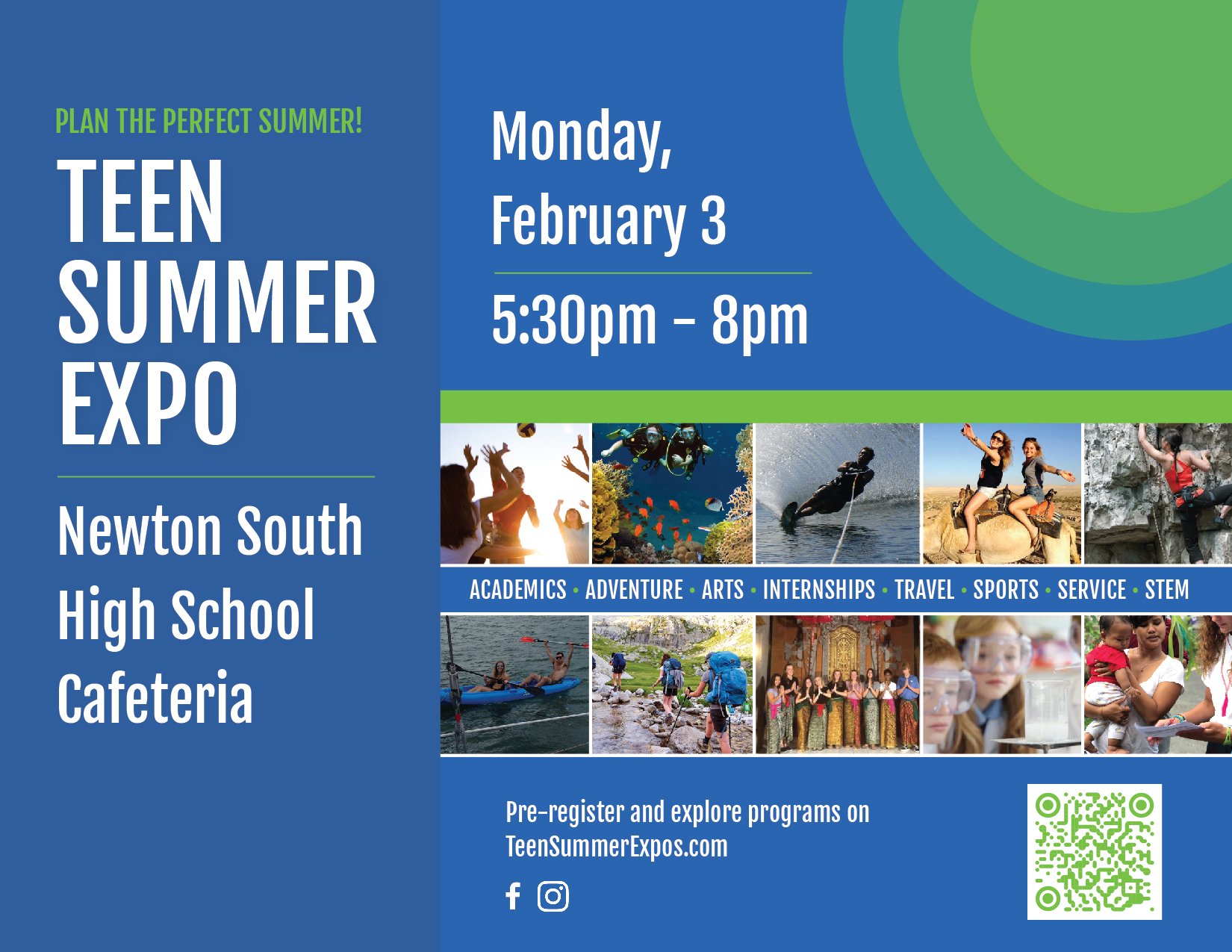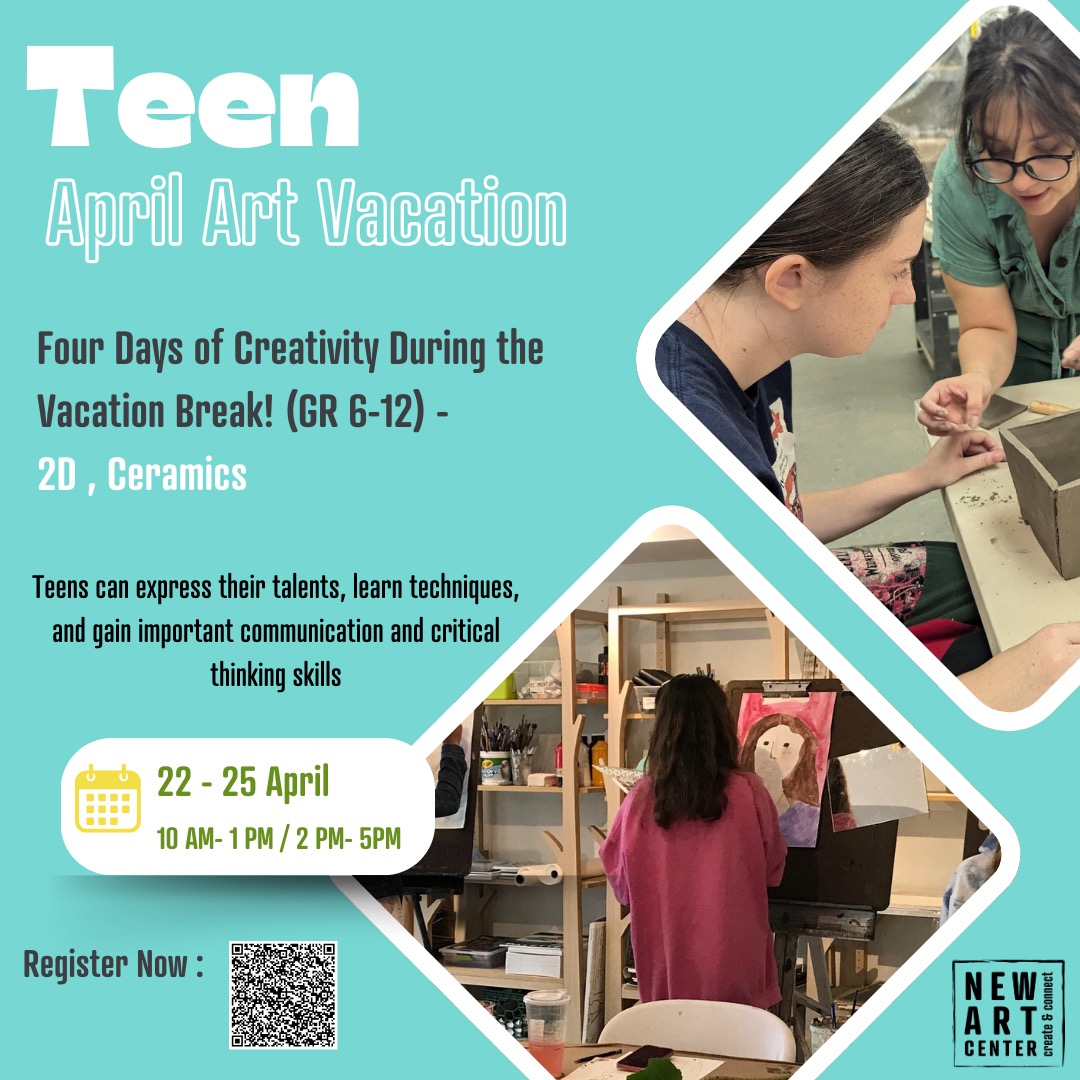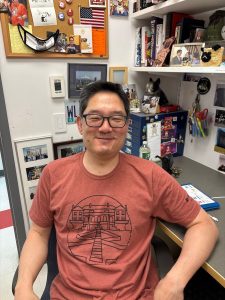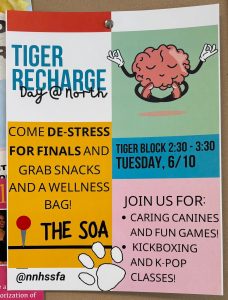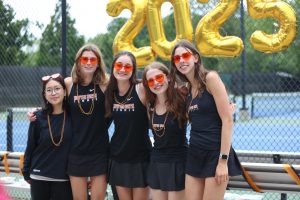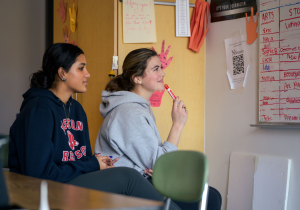Design and Visual Communication students work hard on project, look forward to completed effort
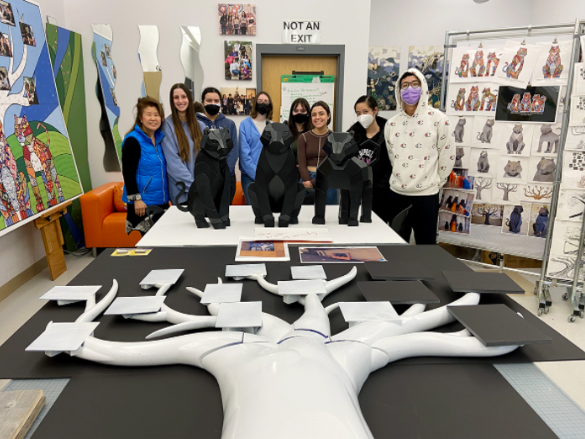
June 16, 2022
Students at North may find this familiar: Three tigers standing in front of a sprawling tree holding photos against the backdrop of a meadow. Not only does this appear in the main hallway at North, it was also printed on the cover page for last year’s course catalog, Opportunities. However, if you’ve seen it before, you have only seen this complicated work of design’s two-dimensional prototype.
Design and Visual Communications students are resuming work on the large Tiger mural on Main Street this year after being interrupted by remote learning.
The Main Street project, started in the spring of 2017, was supposed to be completed by the summer of 2020, but was delayed due to lockdowns during COVID.
“We want to represent our school community and how diverse it is,” said junior Nadia Synyavska, a student of Design and Visual Communications.
The project consists of three 3D tigers in a framed background with a tree holding photos. Students are developing a touchscreen to show the history of the project, which currently includes work from the Design and Visual Communications Majors 2 and 3 classes since 2017.
According to Design and Visual Communications teacher Sue Brooks, students navigated design layouts, animation, market research, mathematics, AdobeXd, and raised at least $16,000 in fundraisers for the project. Large pieces from the project, such as the tigers, were sent out to companies to be 3D-printed.
“The depth of work that went into it, it’s huge,” Brooks added. “It’s all student driven.”
The three featured 3D tigers are designed with colorful representations of every continent, and considerations for every country.
Each of the tigers represents a student personality at North: the creative student, the competitive student, and the student with both elements who stands the middle ground, according to Brooks. This came from the idea of a student early on in the planning process that instead of one tiger acting as a mascot, the three tigers should represent a family.
“The tree will hold photos to represent the student body,” said Brooks. She added that the tree represents life and a place to rest.
In the background of the mural lies a meadow embedded with words that describe school life.
The touchscreen will be similar to a museum touchscreen, showing the work and history of the massive project to honor the contributions of past students.
“It’s important for everyone to be on the same page and communicate effectively,” said senior Alec Wong.
The project, which will be in a display case on Main Street when finished, originated in 2016 when two students drove around Tiger Drive with a Confederate flag.
“It was a pretty traumatic time for the school,” said Brooks.
After the incident, Dr. Turner visited a Design and Visual Communications class, asking if students would create posters to counteract the negative message sent by the incident.
In the spring of 2017, Design and Visual Communications students came together in focus groups and started planning the project- on a much larger scale than the posters that Turner had been asked for.
“These students are very talented and ambitious and technically smart,” said Brooks. She added that the project process was largely based on trial and error.
Instead of working on the parts they wanted, students split up the work based on who could complete each part the quickest, said Brooks. She added that there is a wide range of skills among students taking Design and Visual Communications—visual skills, academic skills, and creative skills.
“We all talk, we share ideas,” said junior Ashlin Leary, describing how vital teamwork was to the project process. She added that everyone in the group was connected to the project and had come to realize its importance.
The history of the project stems back to thousands of Google documents, many design presentations, and hundreds of pages of research, said Brooks. The 3D tigers went through all the steps of spraying and sanding to prepare for stickers which would add their design. The design of the tigers includes three patterns from every continent, after groups of students analyzed every country within their assigned continent.
Brooks added that some of the students who had started the project have already graduated. Current students face the challenges of continuing to work on the project while maintaining its integrity.
“It’s really cool working on a project that has been through so many classes and seeing the work of past students,” said Synyavska.


